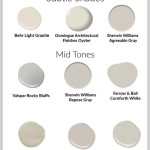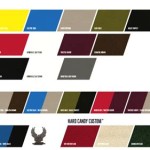The art of pastel painting is a great way to add color and texture to any painting. Pastel painting has become increasingly popular over the years, as it offers a unique and vibrant way to create stunning art pieces. In this guide, we’ll explore the basics of pastel painting, from materials to techniques, so that you can get started on your next masterpiece.
Materials Needed for Pastel Color Painting
Pastel painting requires a few simple materials, which are relatively easy to find. First, you’ll need some pastel sticks. These come in a range of colors and shades, so you can choose the hues that best suit your painting. You’ll also need some paper or canvas, as well as some fixative, which is used to keep your pastel work in place.
You may also want to invest in some blending tools, such as blending stumps or Q-tips. These tools help you to create smooth transitions between colors and shades, and can be very useful for creating the perfect look.
Techniques for Pastel Color Painting
When it comes to pastel painting, there are a few basic techniques that you should be aware of. The first is layering. By layering your pastels, you can create a more vivid and dynamic painting. Start by blending the lightest colors first, then gradually move onto darker shades.
To add texture to your painting, you may also choose to use a dry brush technique. This technique involves lightly brushing your paper or canvas with the pastel stick to create a textured effect. With some practice, you’ll be able to master this technique and create stunning pieces.
Finally, you can also use the blending tools to create soft edges and transitions between colors. This is a great way to create depth and contrast in your painting, and can really help to bring out the rich colors of the pastel sticks.
Tips for Creating the Perfect Pastel Art
When creating your pastel painting, there are a few tips that can help you to get the best results. First, always use a fixative to keep your pastels in place. This will help to prevent smearing and fading, and will ensure that your painting lasts for many years to come.
It’s also important to choose the right paper or canvas for your painting. Some papers are better suited to pastel painting than others, so make sure you choose one that is specifically designed for this purpose.
Finally, take your time when creating your painting. Pastel painting can take some practice, so don’t be afraid to experiment and try out different techniques until you find the perfect look.
/an-artists-pastels-with-various-colors-168593075-5817a0e23df78cc2e810d7ab.jpg)







Related Posts








